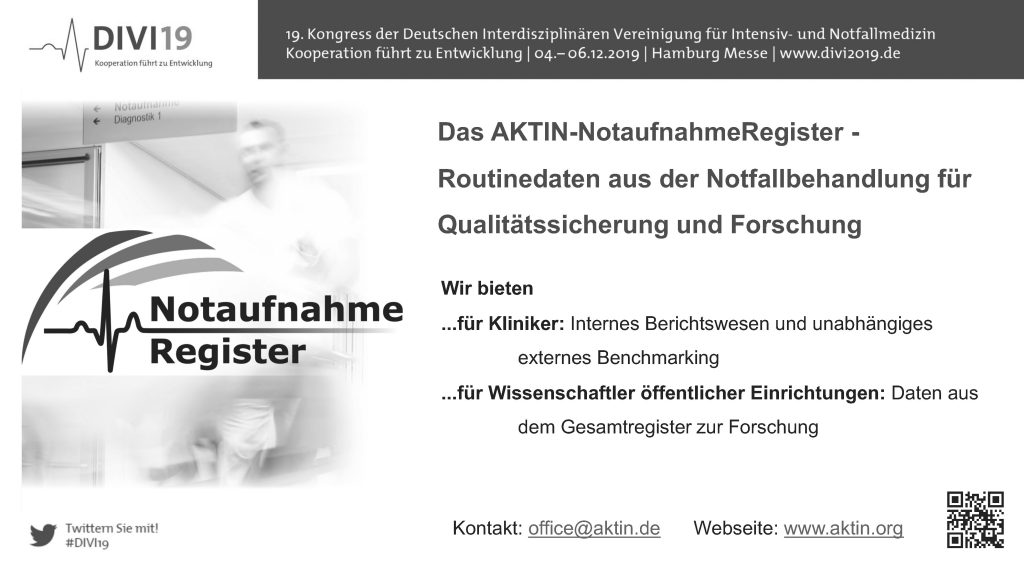BACKGROUND: Oligoanalgesia, as well as adverse events related to the initiated pain therapy, are prevalent in out-of-hospital emergency medicine, even when a physician is present. We sought to identify factors involved in insufficient pain therapy of patients presenting with an initial Glasgow Coma Scale (GCS) >= 8 in the out-of-hospital phase, when therapy is provided by a physician-staffed helicopter emergency medical service (p-HEMS).
METHODS: This was a multicenter, secondary data analysis of conscious patients treated in primary p-HEMS missions between January 1, 2005, and December 31, 2017. Patients with a numeric rating scale (NRS) pain score >= 4, GCS >= 8 on the scene, without cardiopulmonary resuscitation, and a < VI were included. Multivariable logistic binary regression analyses were used to identify characteristics of oligoanalgesia (NRS >= 4 at handover or pain reduction < 3). Linear regression analysis was used to identify changes in pain treatment within the study period.
RESULTS: We analyzed data from 106,730 patients (3.6% missing data at variable level). Of these patients, 82.9% received some type of analgesic therapy on scene; 79.1% of all patients received analgesic drugs, and 38.6% received non-pharmacological interventions, while 37.4% received both types of intervention. Oligoanalgesia was identified in 18.4% (95% confidence interval [CI], 18.1–18.6) of patients. Factors associated with oligoanalgesia were a low National Advisory Committee for Aeronautics (NACA) score and a low NRS score, as well as central nervous system or gynecological/obstetric complaints. The use of weak opioids (odds ratio 1.05, 95% CI 0.68–1.57) had no clinically relevant association with oligoanalgesia, in contrast to the use of strong or moderate opioids, non-opioid analgesics, or ketamine. We observed changes in the analgesic drugs used over the 12-year study period, particularly in the use of strong opioids (fentanyl or sufentanil), from 30.3% to 42.3% (p value < 0.001). Of all patients, 17.1% (95% CI, 16.9–17.3) did not receive any type of pain therapy.
CONCLUSIONS: In the studied p-HEMS cohort, oligoanalgesia was present in 18.4% of all cases. Special presenting complaints, low NACA scores, and low pain scores were associated with the occurrence of oligoanalgesia. However, 17.1% of patients received no type of pain therapy, which suggests scope for further improvement in prehospital pain therapy. Pharmacological and non-pharmaceutical pain relief should be initiated whenever indicated.
Helm M, Hossfeld B, Braun B, Werner D, Peter L, Kulla M: Oligoanalgesia in Patients With an Initial Glasgow Coma Scale Score ≥8 in a Physician-Staffed Helicopter Emergency Medical Service: A Multicentric Secondary Data Analysis of >100,000 Out-of-Hospital Emergency Missions. Anesth Analg130: 176-186 (2020)




